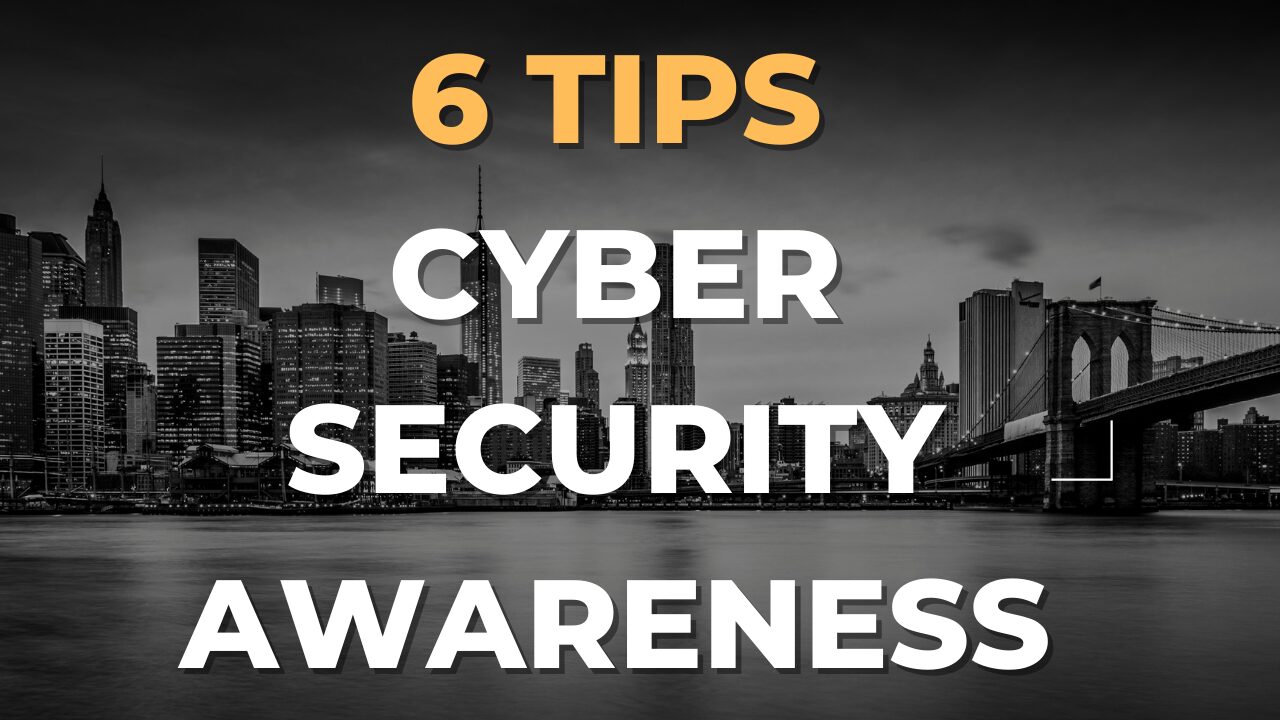Protect Your Non-Profit Organization from Phishing Scams
As a non-profit organization, you have a mission to serve your community. However, your good intentions can make you a target for cybercriminals who use phishing scams to steal your organization’s sensitive data.
This article will explore why non-profit organizations are attractive targets for phishing scams and how to protect your organization from becoming a victim.
Why Are Non-Profits Attractive Targets for Phishing Scams?
Non-profit organizations are attractive targets for phishing scams because they often have limited IT resources, making them more vulnerable to cyber attacks. Hackers know that non-profits are more likely to have outdated software, unsecured networks, and inexperienced staff who may not be aware of the latest security threats.
Moreover, non-profit organizations often handle sensitive data such as donor information, financial records, and beneficiaries’ personal data. This data is valuable to cybercriminals who can use it for identity theft, financial fraud or sell it on the dark web for a profit.
Phishing scams are also effective against non-profit organizations because they use social engineering tactics to trick people into divulging sensitive information or clicking on malicious links. For example, an email may appear from a reputable source, such as a bank or a well-known vendor. Still, it is a phishing email designed to steal your login credentials or install malware on your computer.

How Can You Protect Your Non-Profit Organization from Phishing Scams?
Protecting your non-profit organization from phishing scams requires a multi-layered approach that involves people, processes, and technology. Here are some strategies you can implement to protect your organization:
- Train Your Staff: Educate your staff on the latest security threats, how to recognize phishing emails, and what to do if they suspect a phishing attack. Regular training can help prevent your staff from falling for a phishing scam.
- Use Anti-Phishing Technology: Implement anti-phishing technology such as spam filters, anti-virus software, and firewalls to prevent phishing emails from reaching your inbox. These tools can also help detect and block malicious links and attachments.
- Secure Your Network: Ensure your network is secure by using strong passwords, implementing two-factor authentication, and regularly updating your software and systems.
- Encrypt Your Data: Use encryption technology to protect your sensitive data when it is in transit or at rest. Encryption can prevent cybercriminals from accessing your data even if they manage to steal it.
- Have a Response Plan: Develop a response plan in case of a security breach or a phishing attack. Your plan should include steps to contain the breach, notify affected parties, and recover any lost data.
Conclusion
Non-profit organizations are attractive targets for phishing scams due to their limited IT resources and sensitive data. However, implementing a multi-layered security approach involving people, processes, and technology can protect your organization from becoming a victim.
Remember to train your staff, use anti-phishing technology, secure your network, encrypt your data, and have a response plan. By doing so, you can ensure that your organization can continue to serve its mission without the fear of falling victim to a phishing scam.







